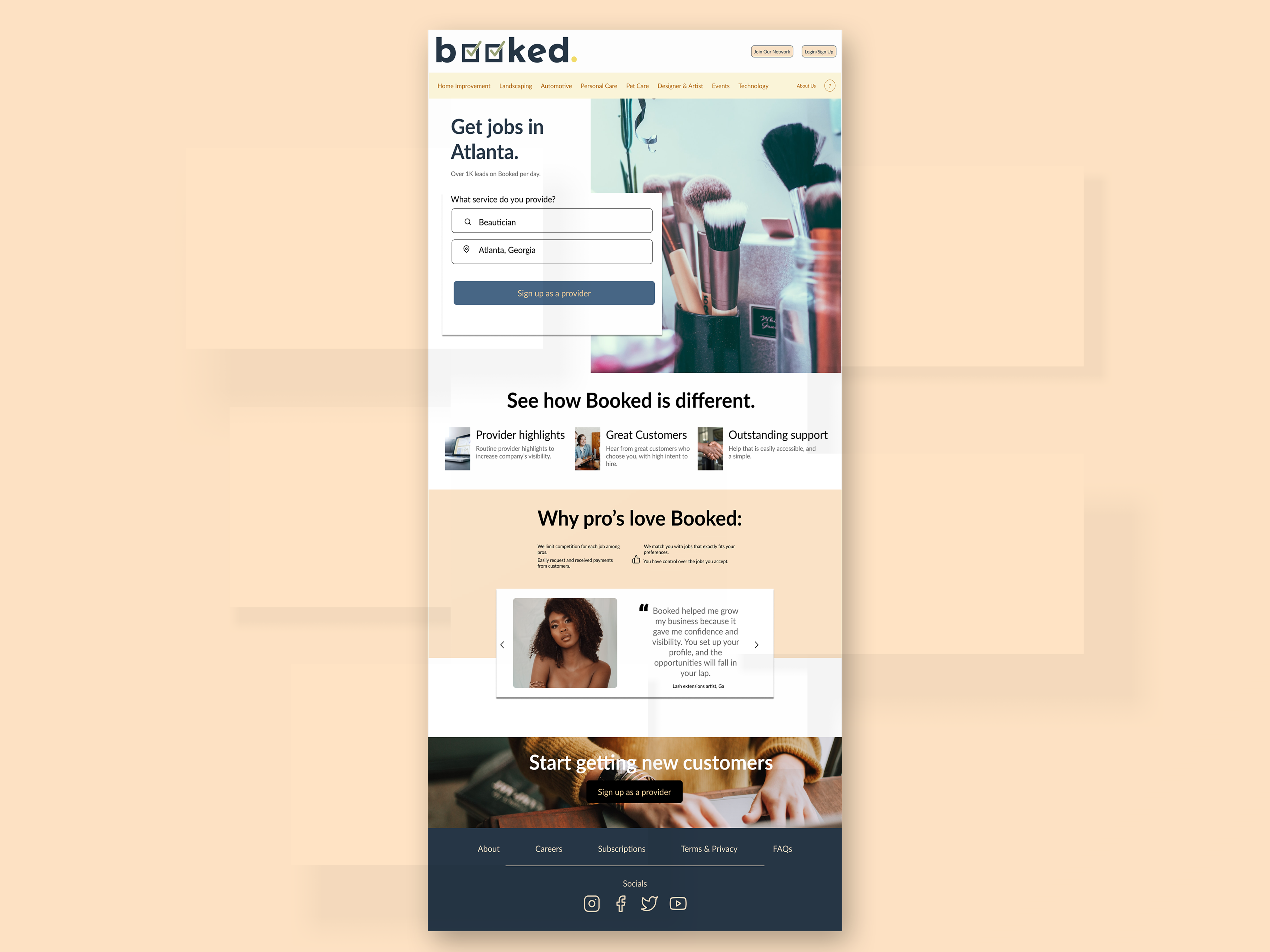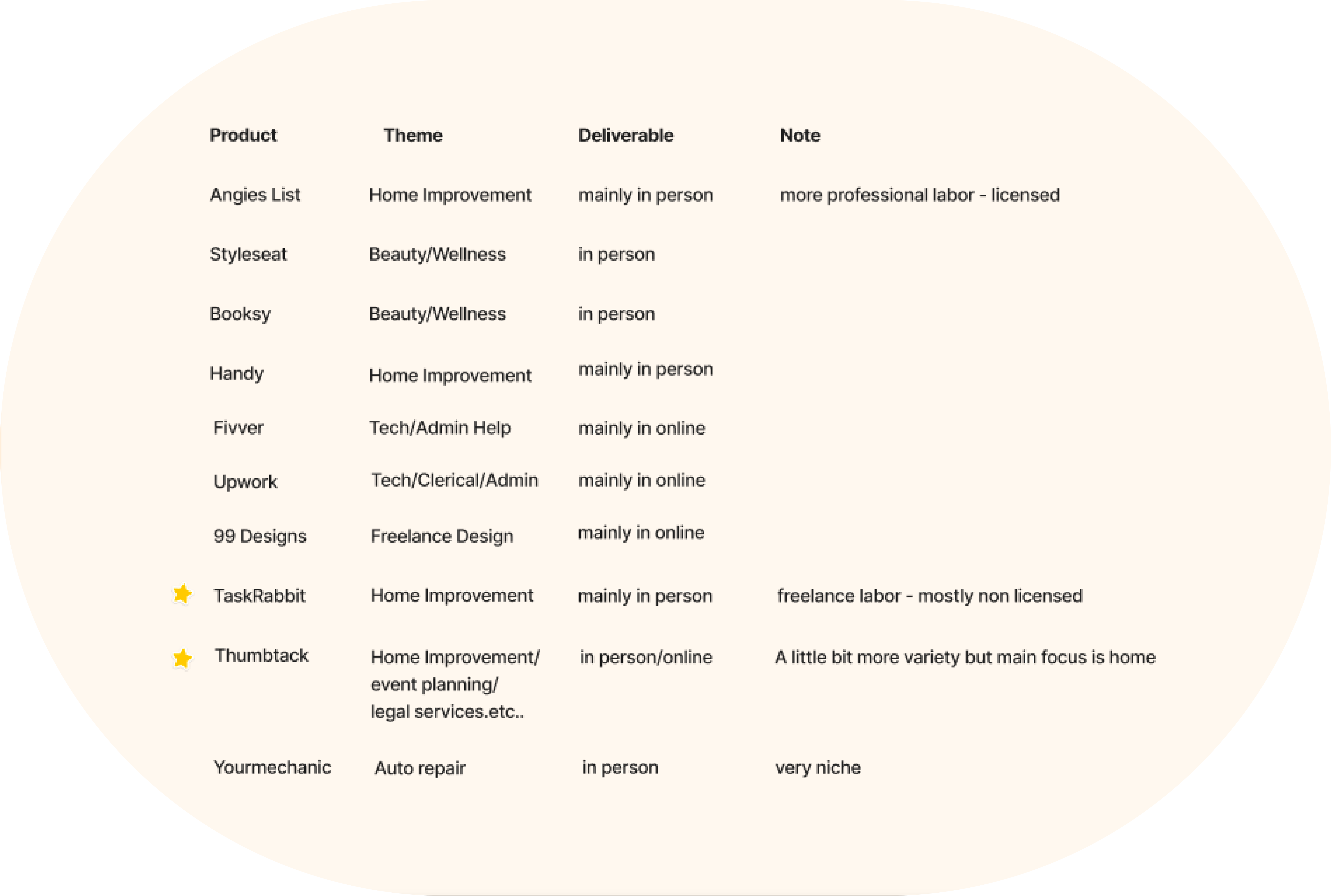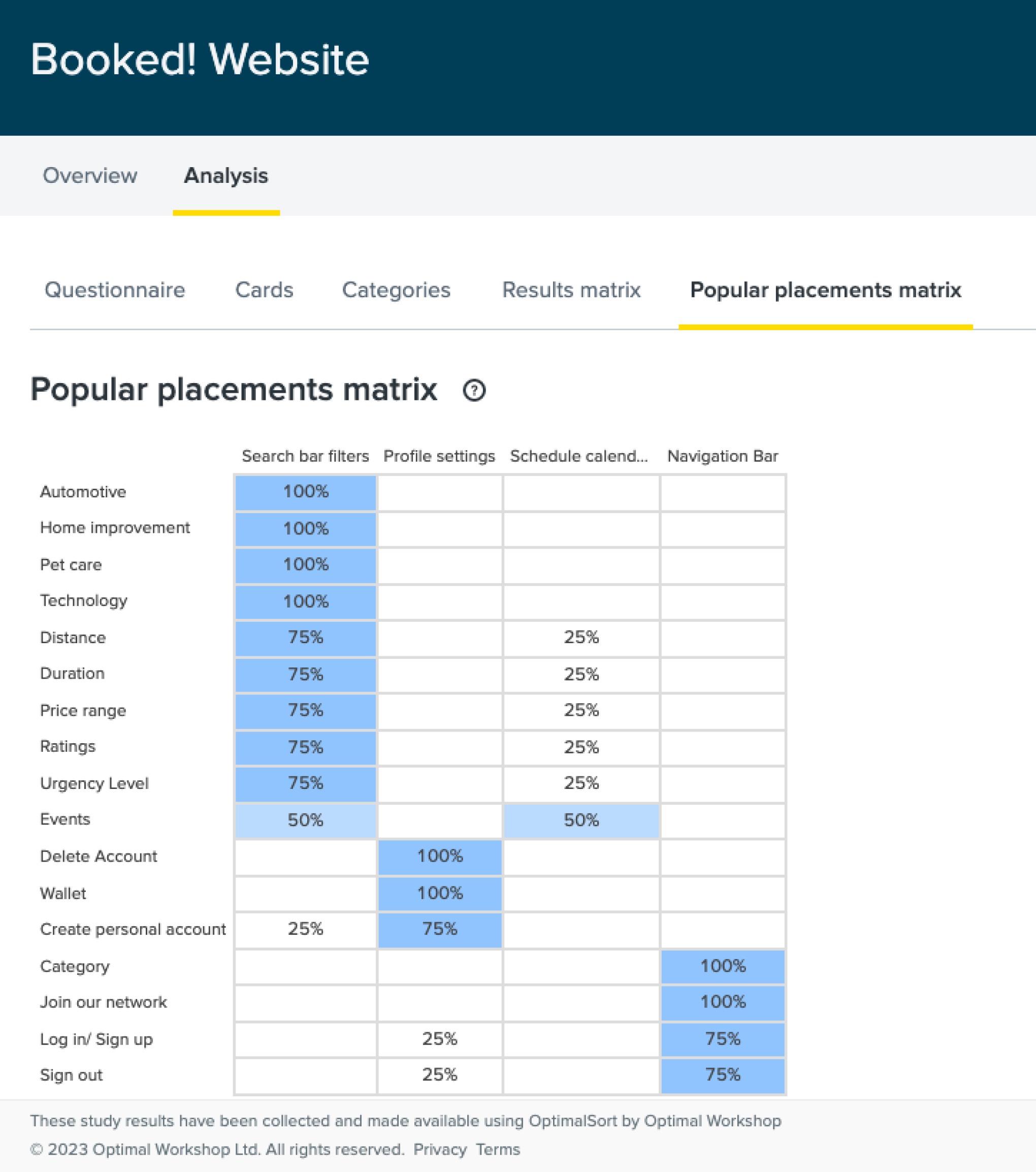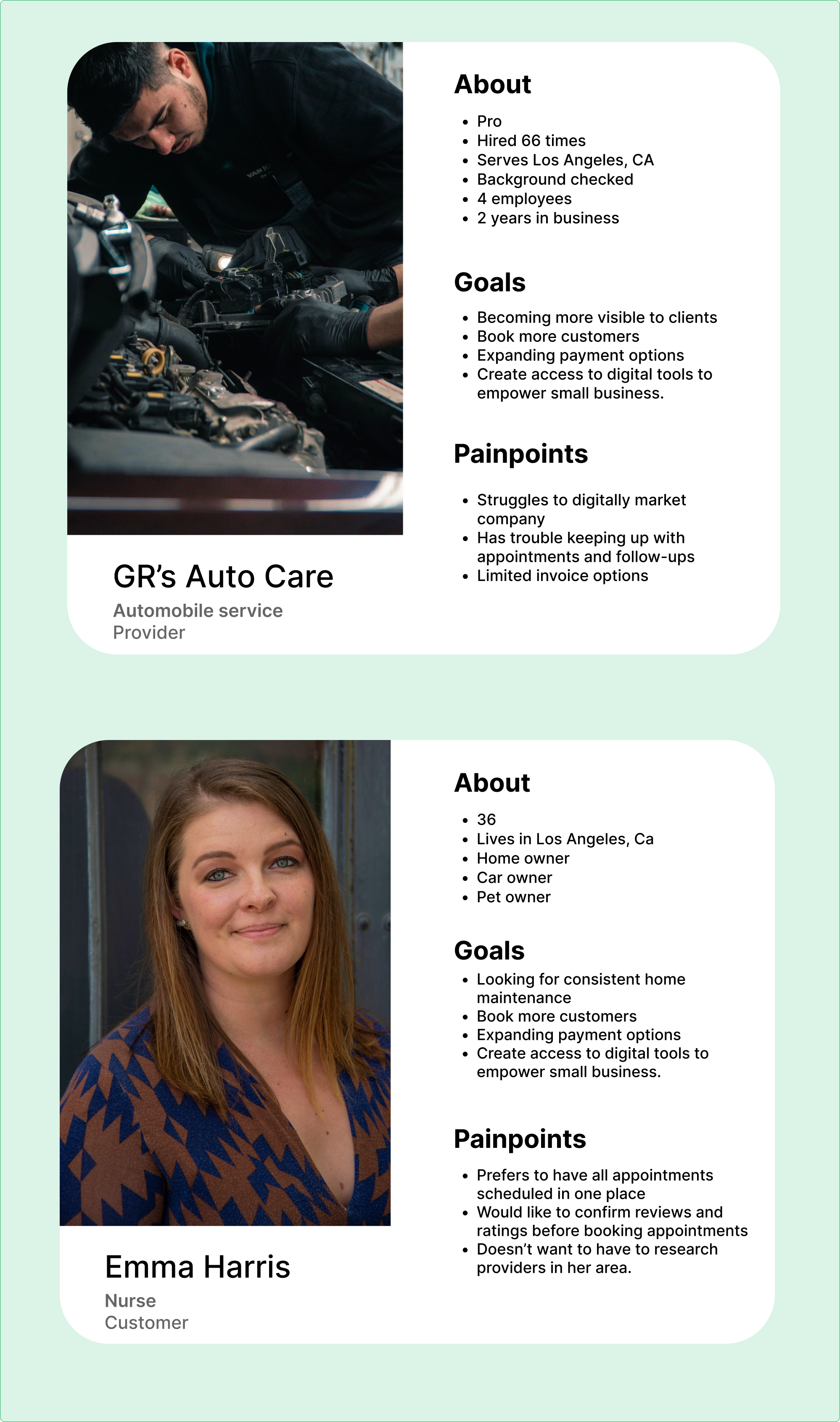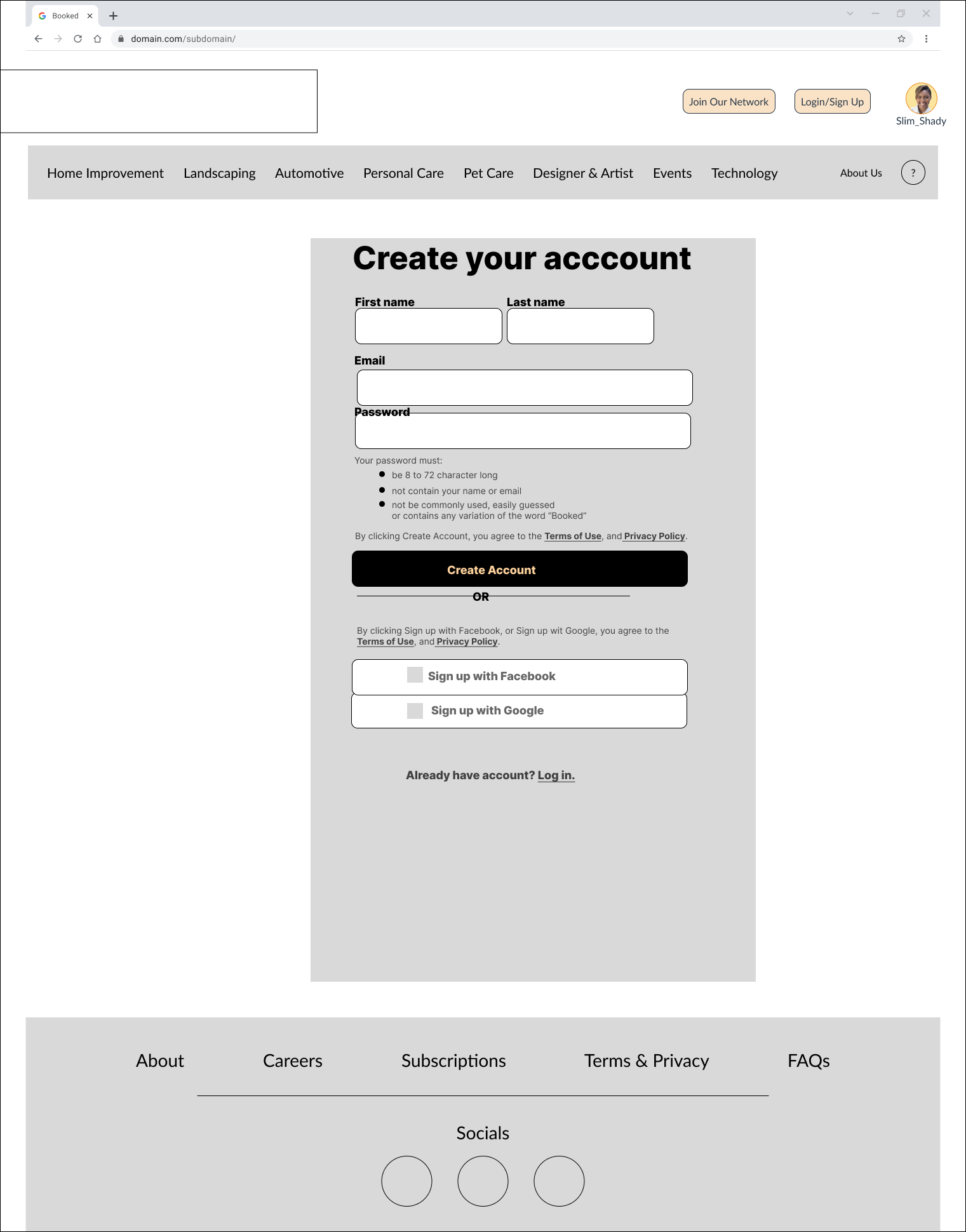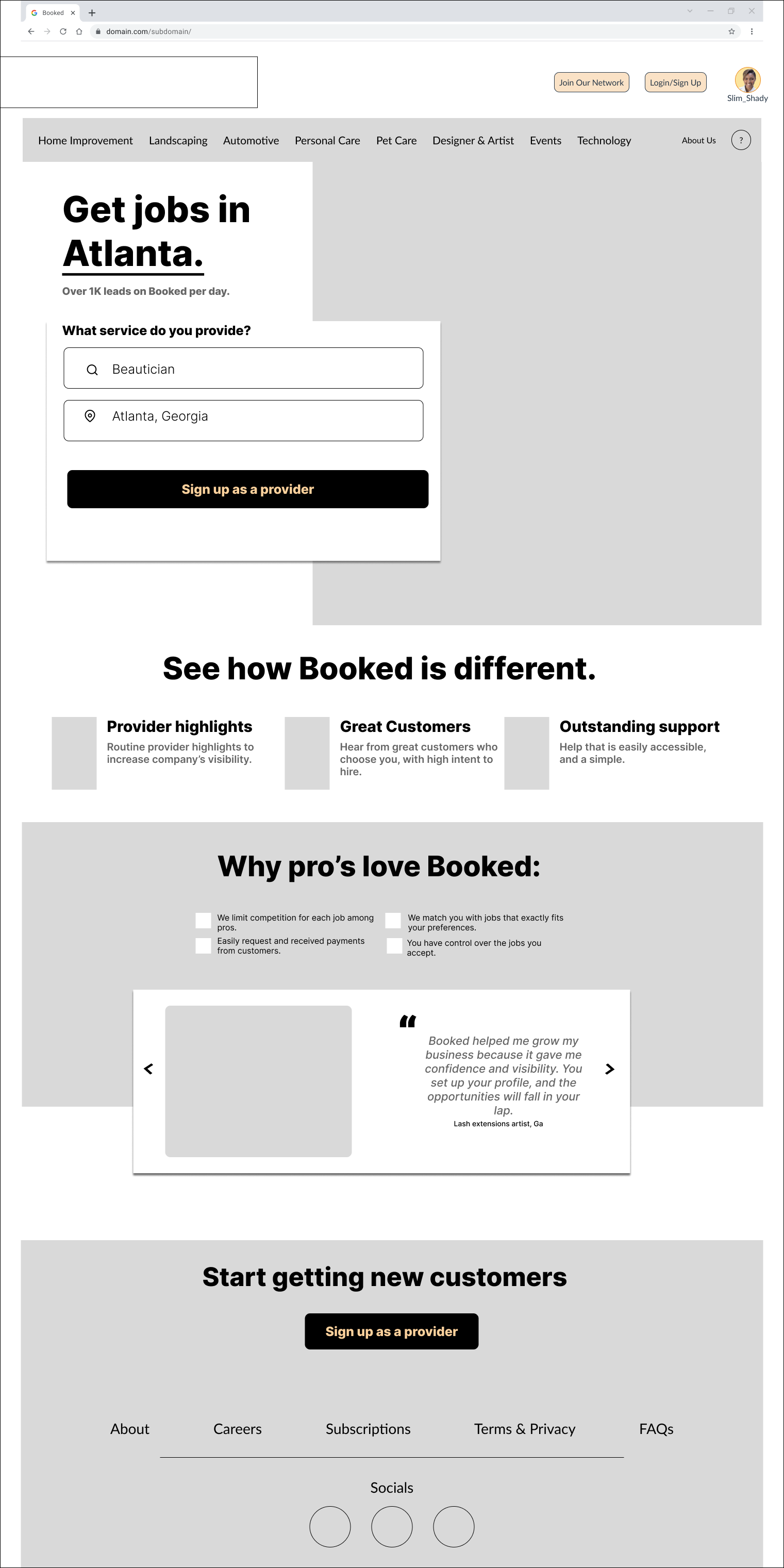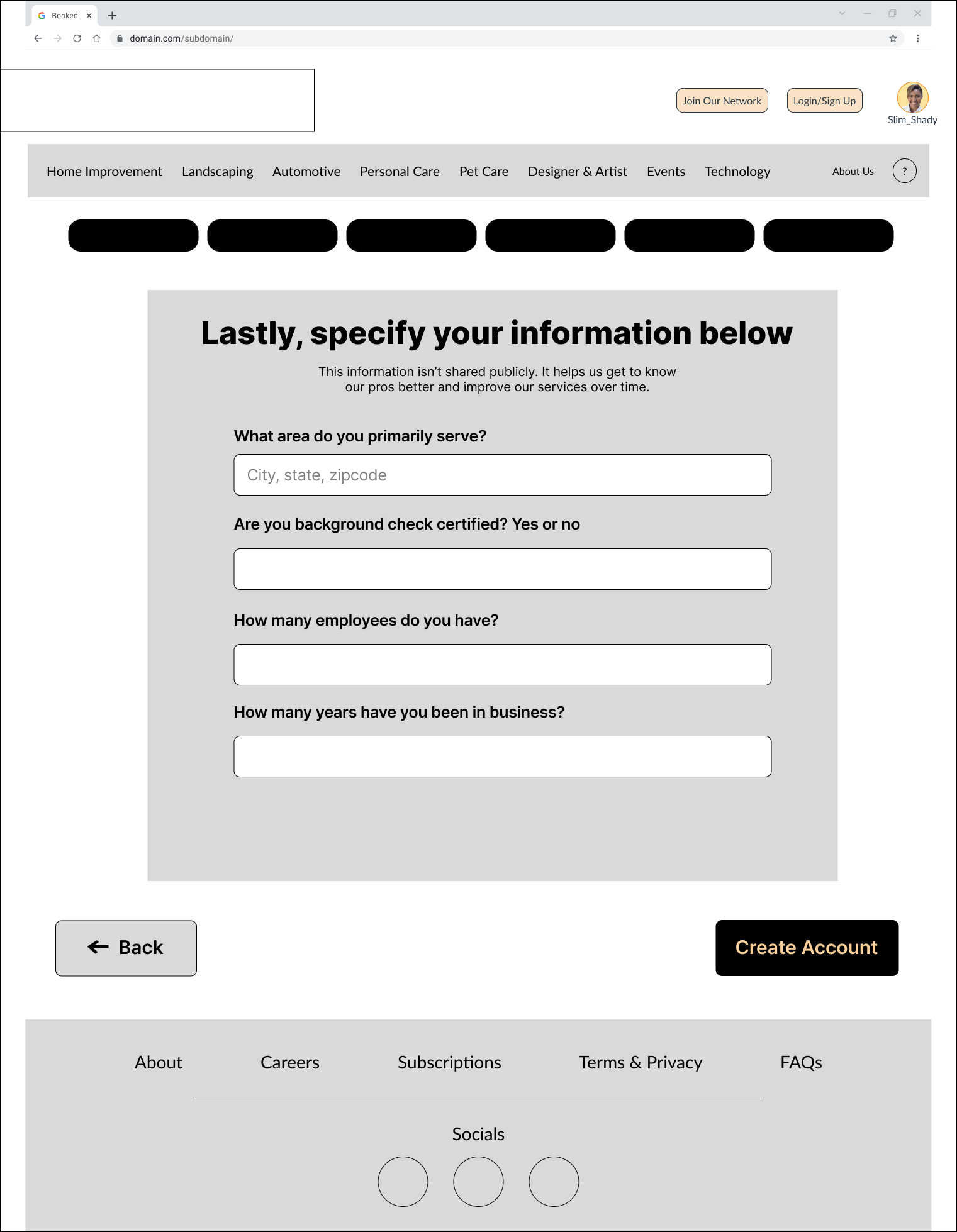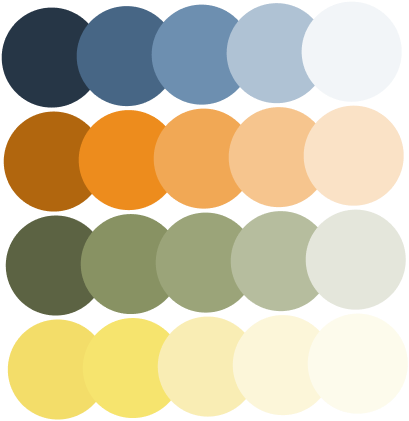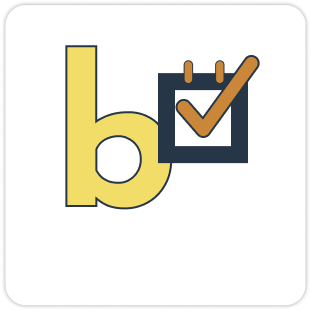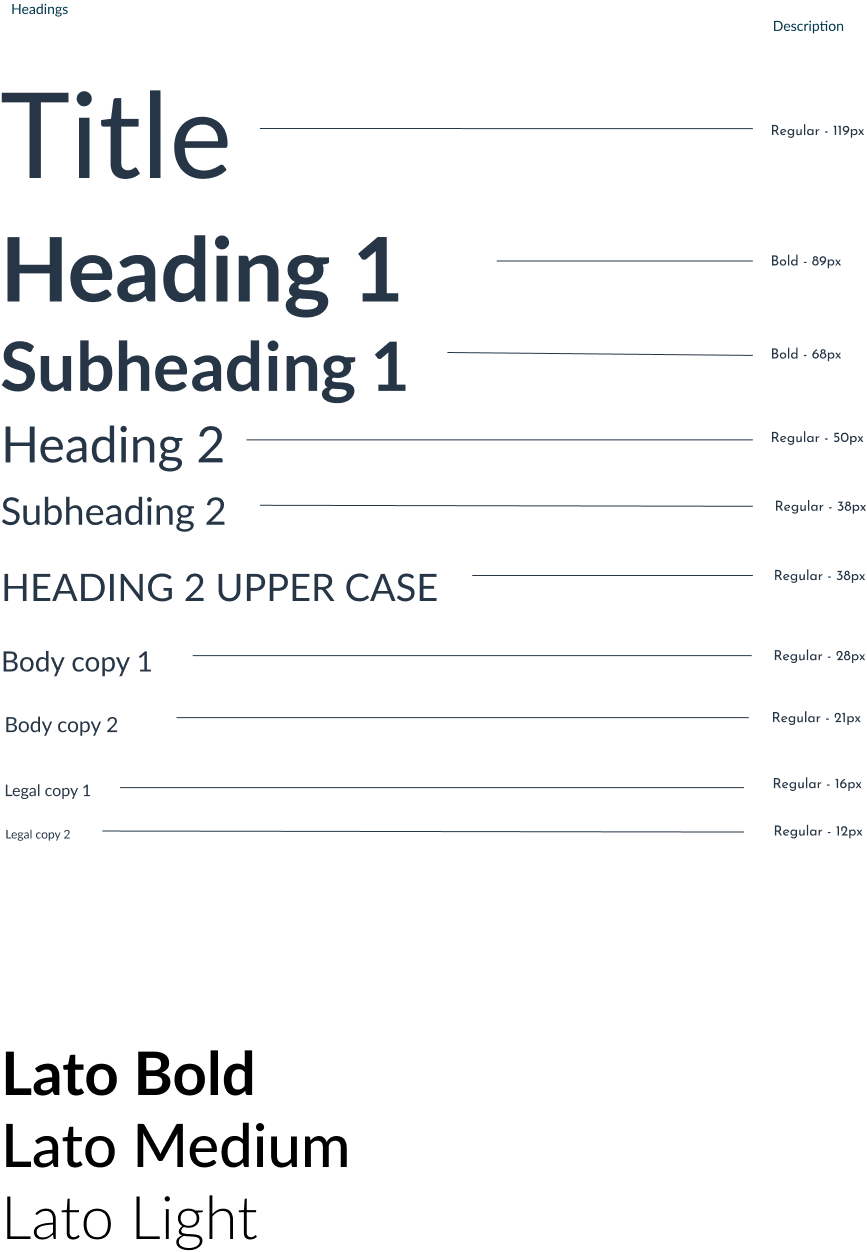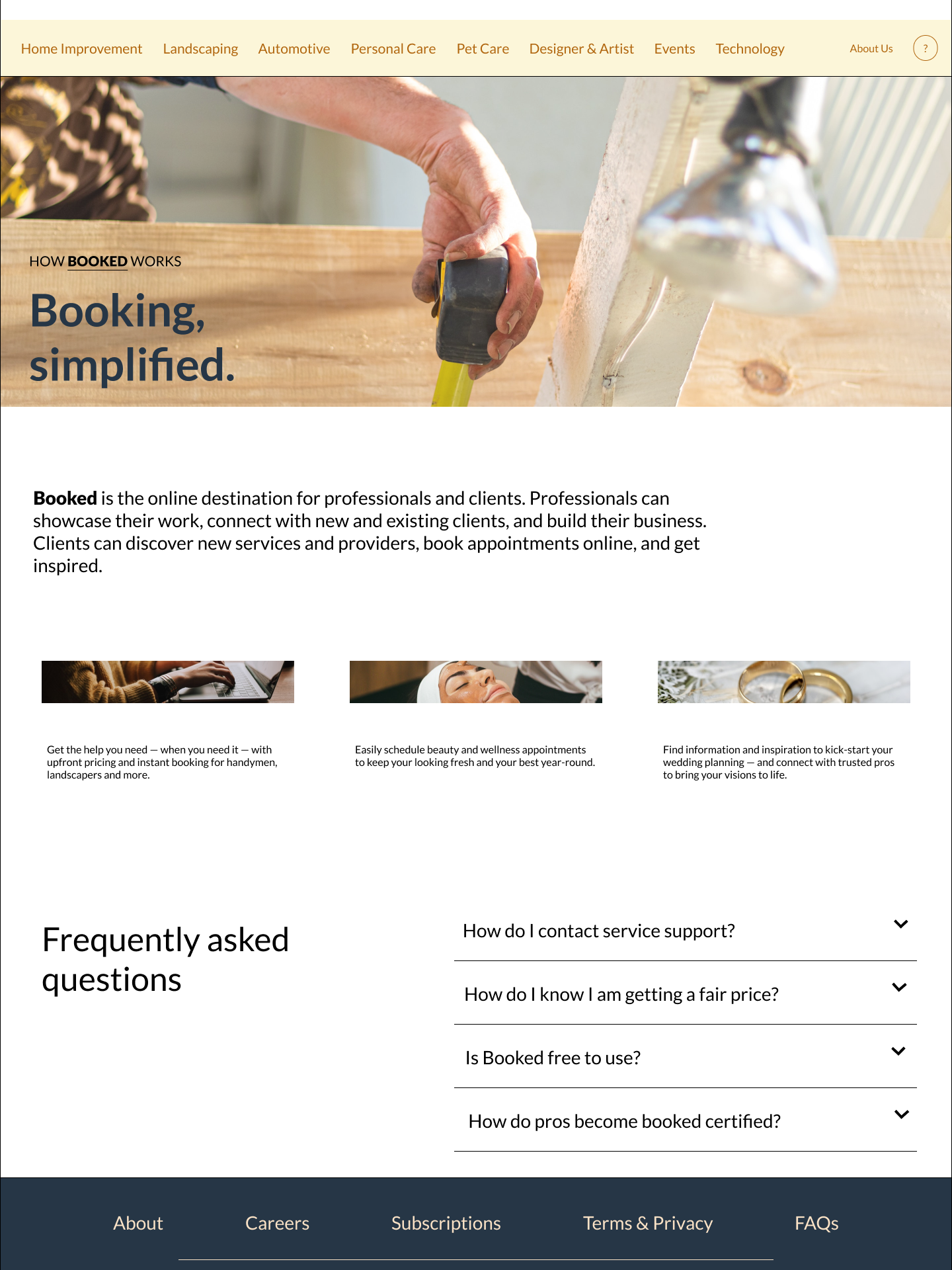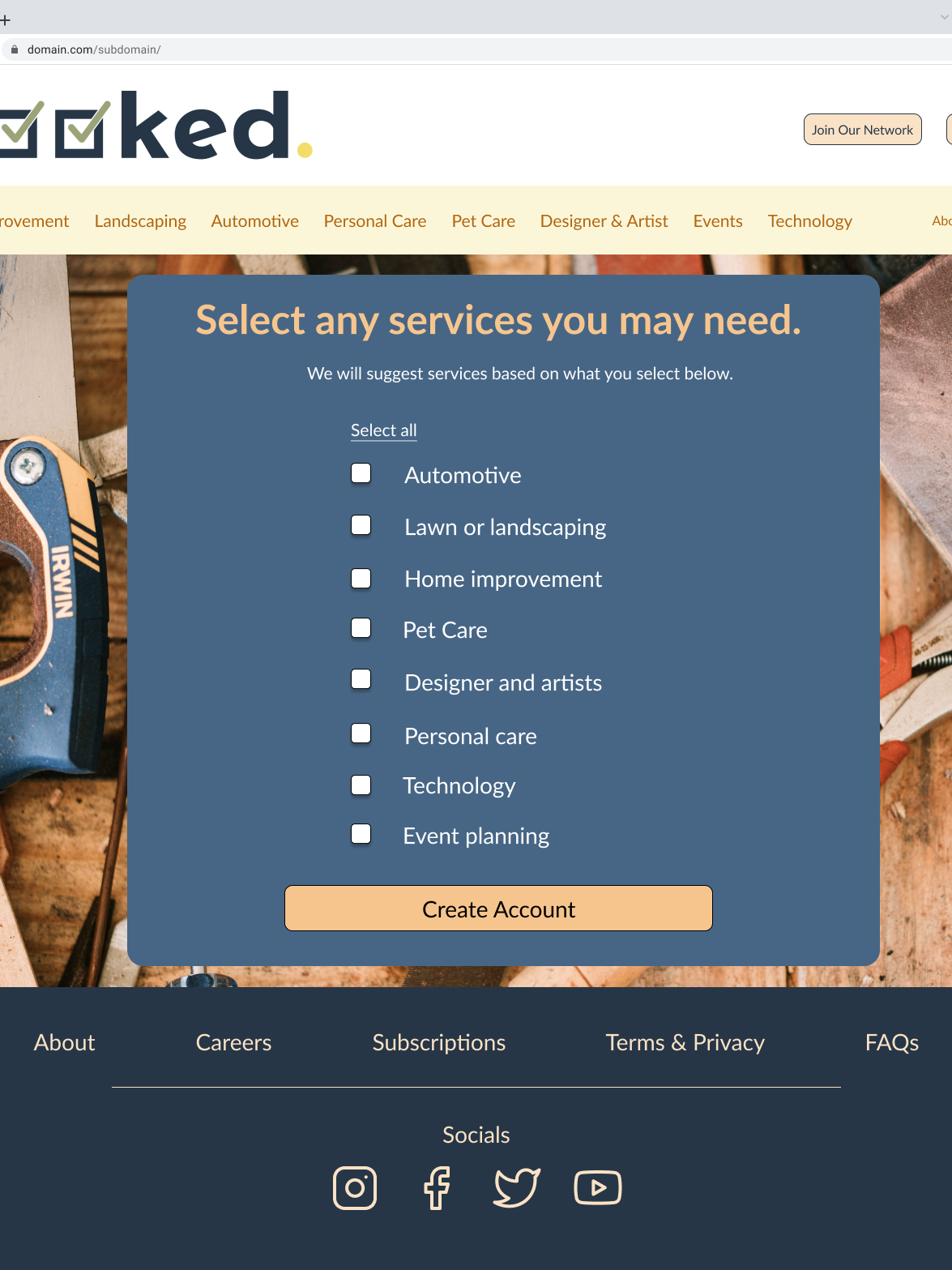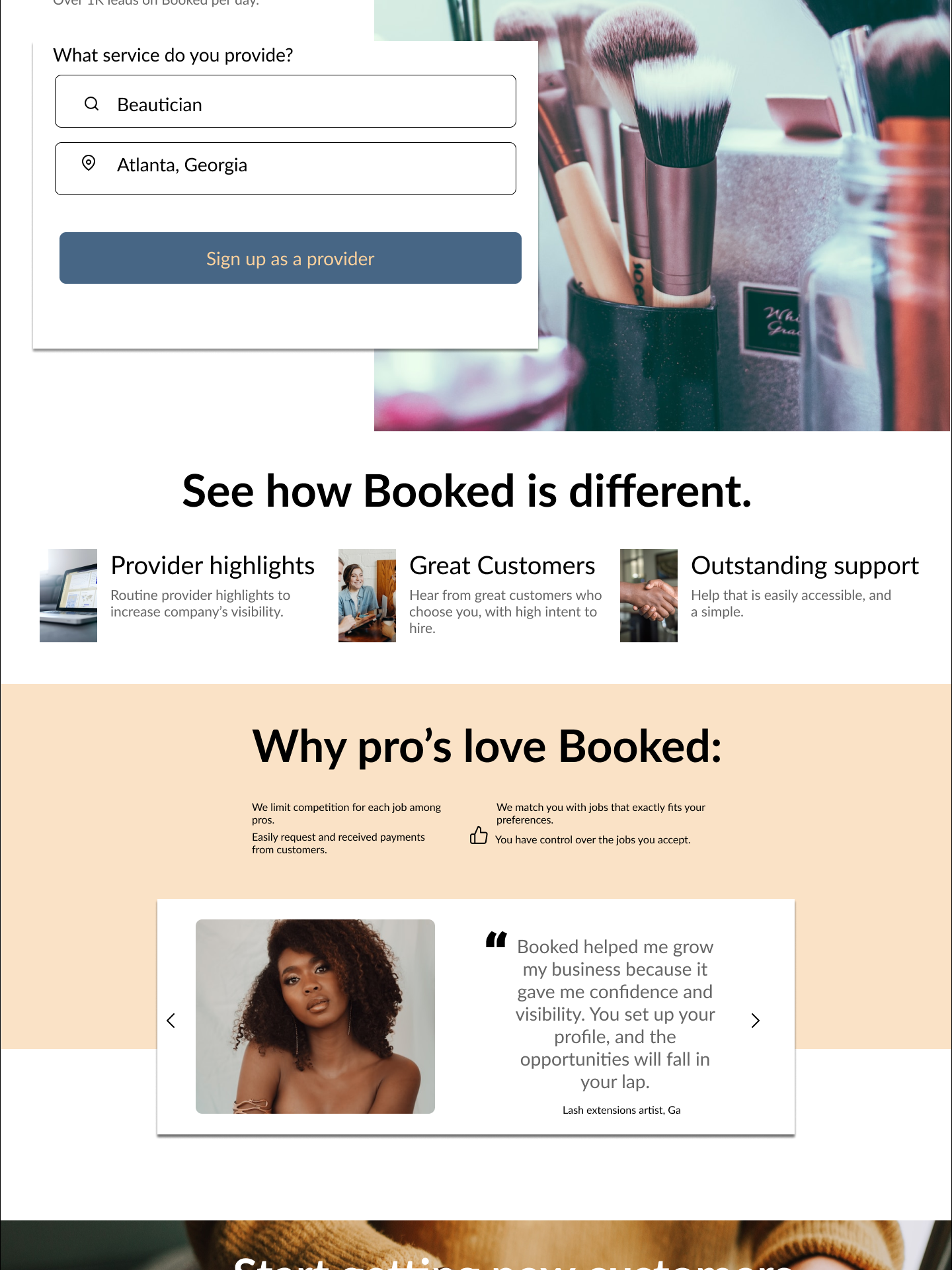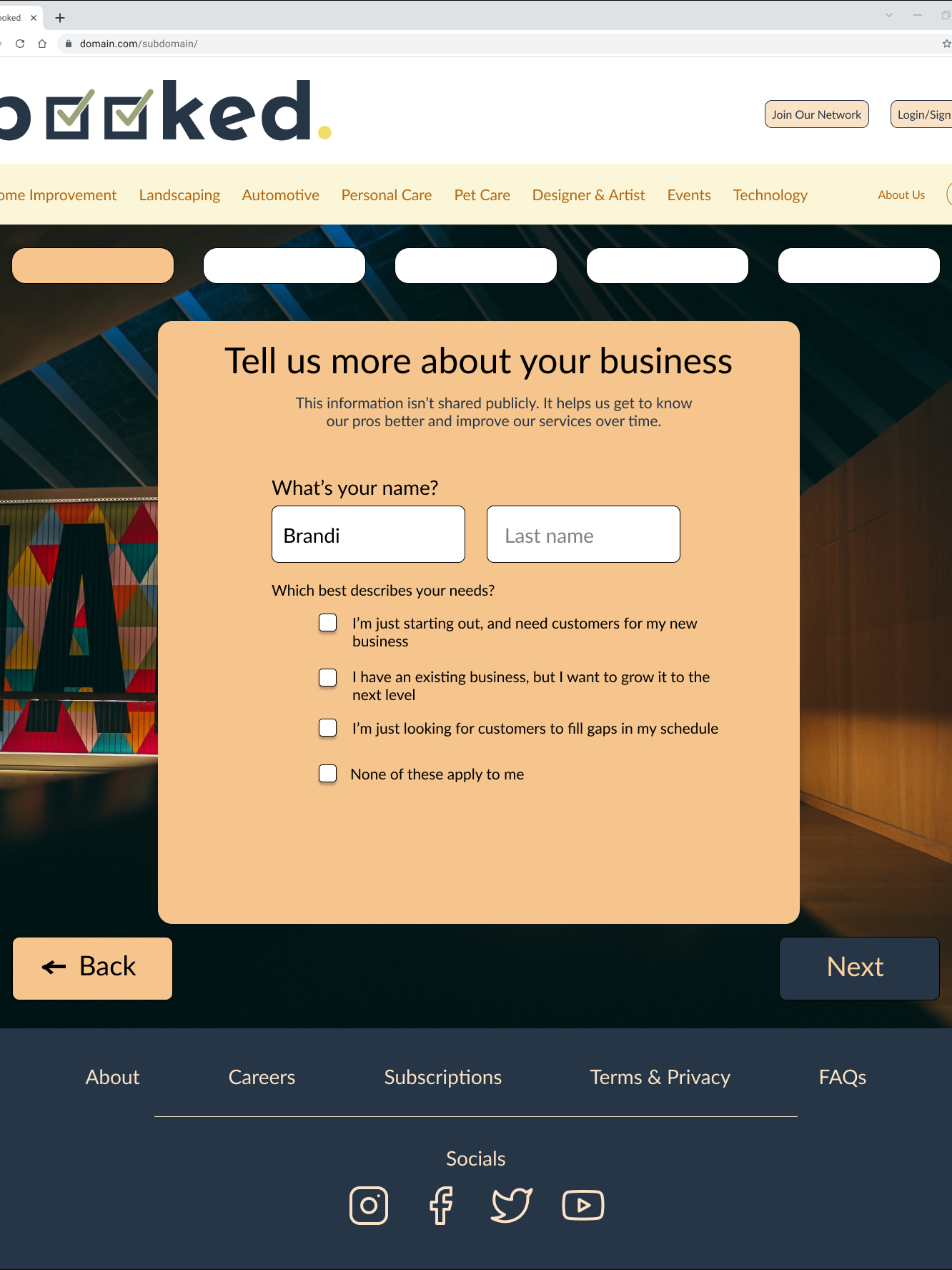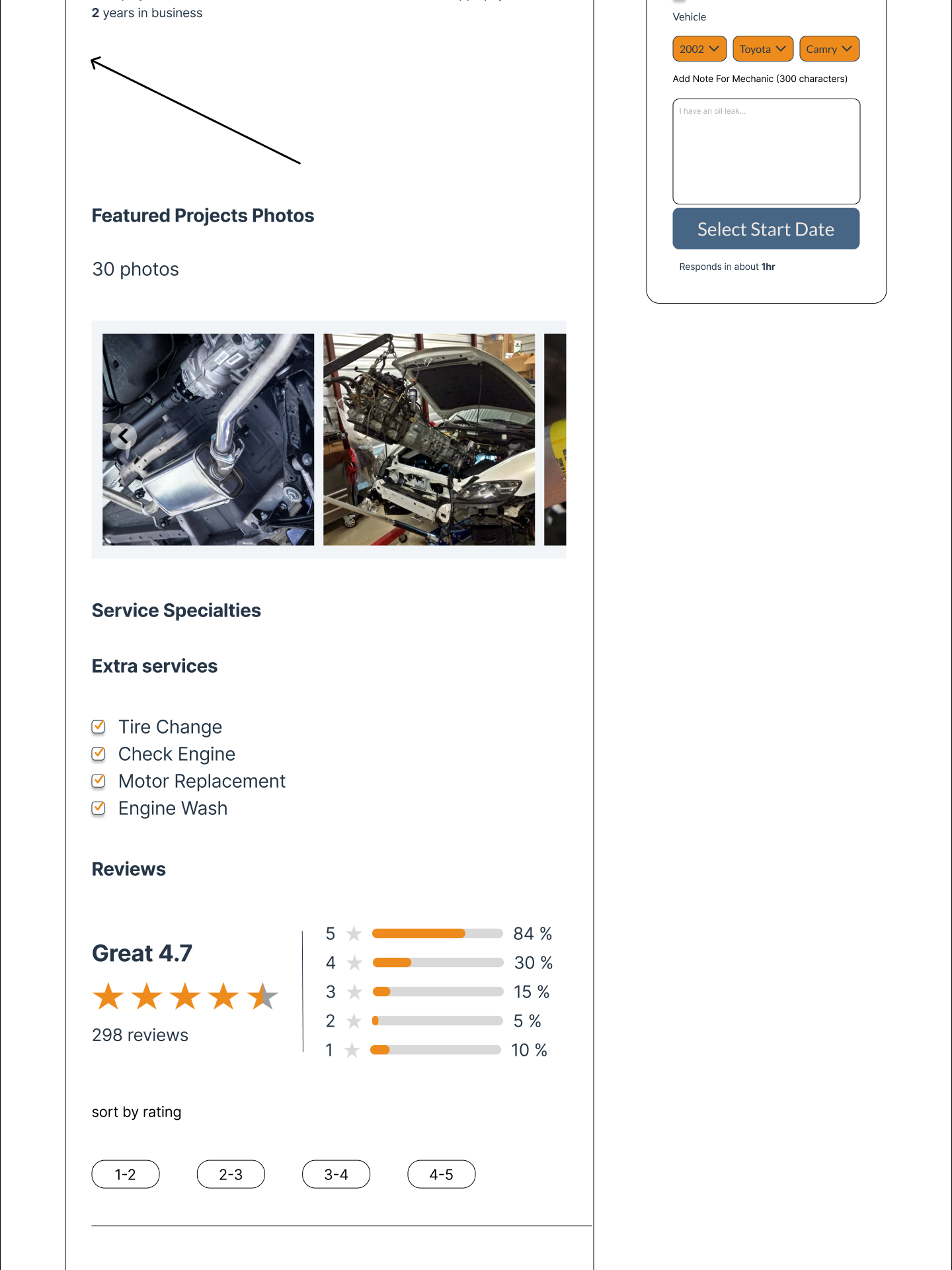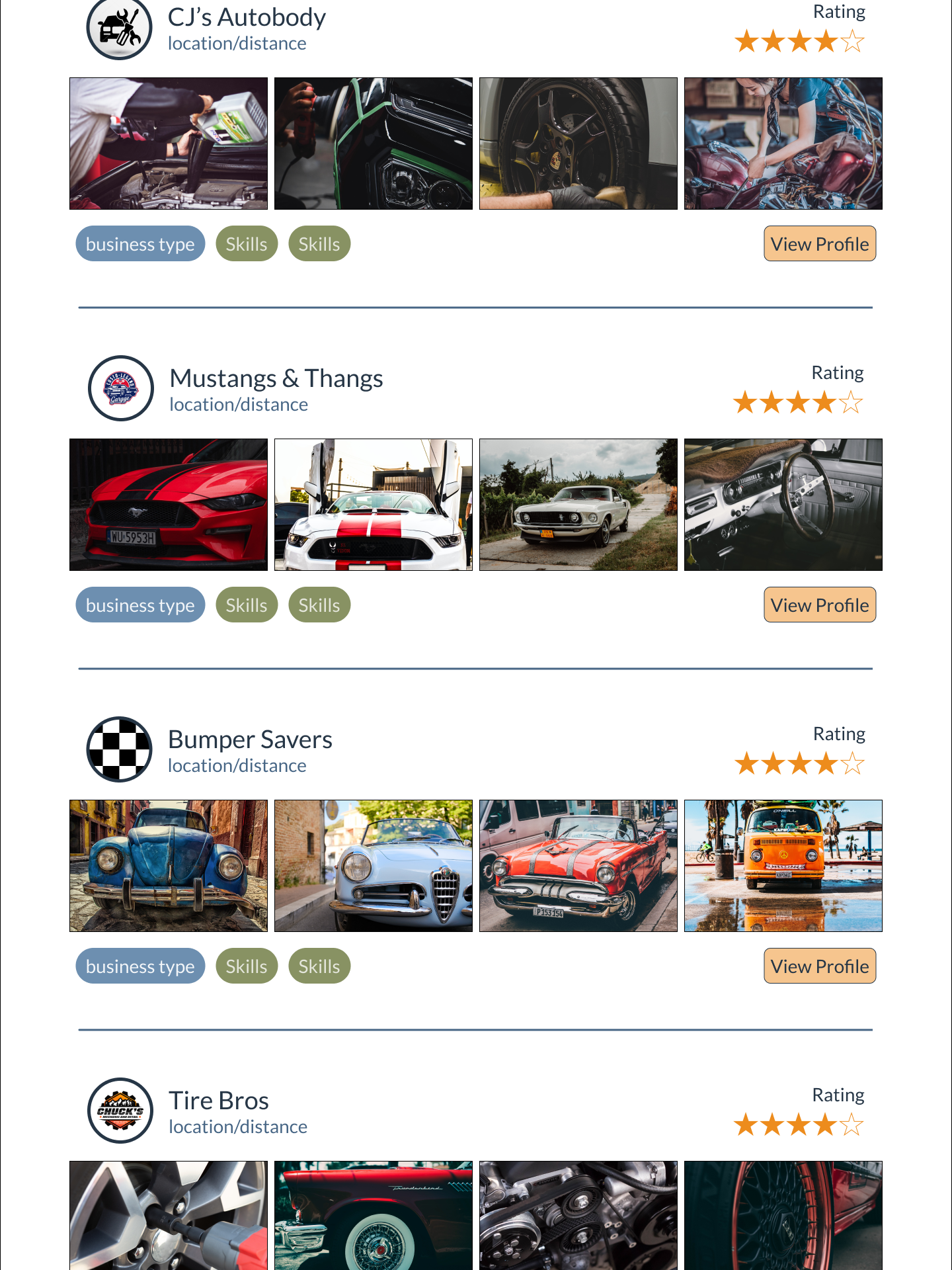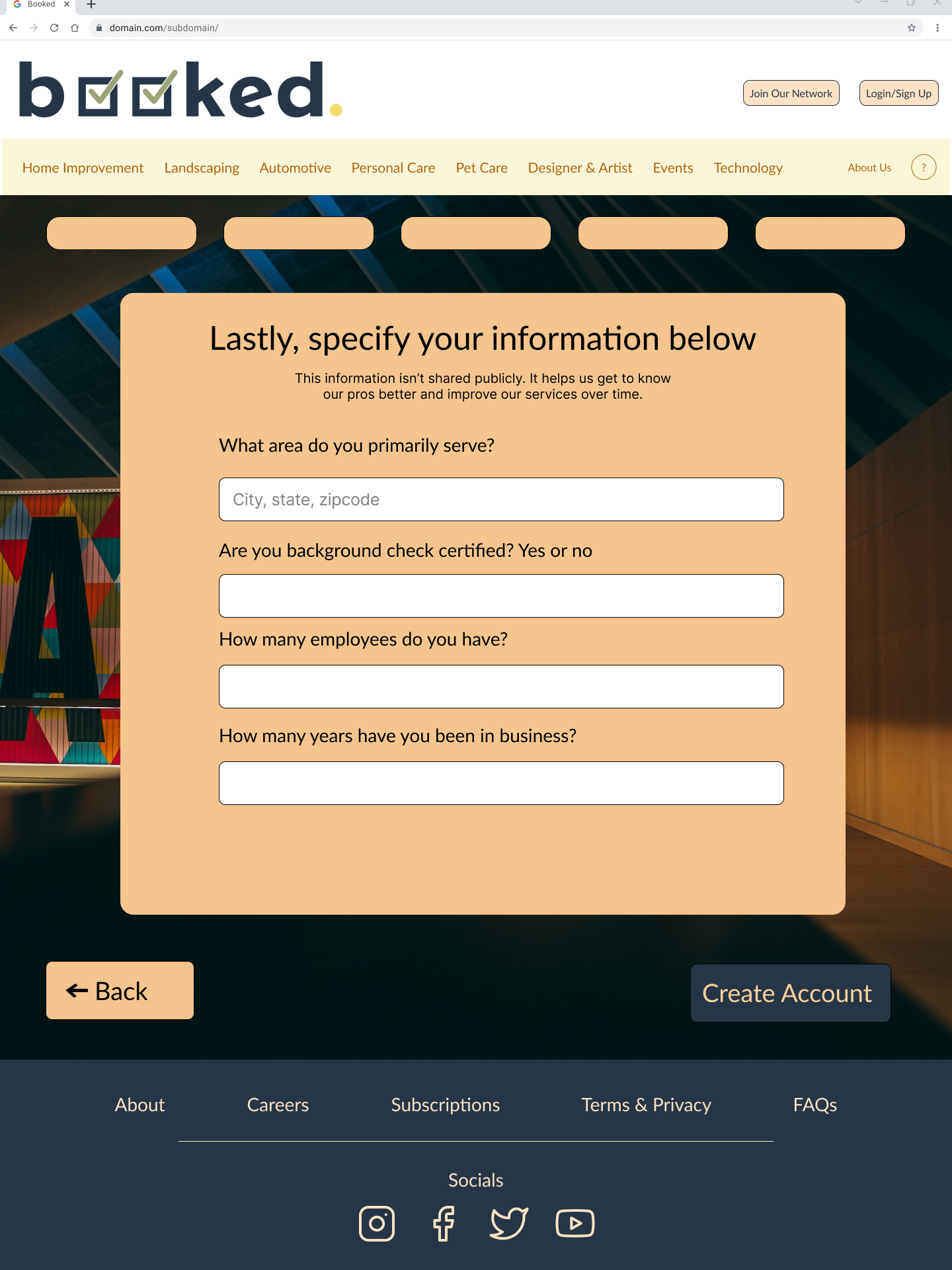Booked
Local booking website
Get booked with businesses within your area
A website design for informal small businesses to gain visibility and enable independent service-providers with tools for booking and receiving payments, and to enable potential customers with a browsing experience of verified service providers with reviews and contact information.
Duration
8 weeks
Team
4 UX designers
3 Web developers
My role
UX researcher
UI Designer
Project Manager
Content writer
Tools used
Figma
Figjam
Google survey
BACKGROUND
More than 9/10 people in this world have a smart phone or use the internet daily. In this technology motivated era many small businesses aren’t visible online. They have no way to get online and promote themselves, Thus hurting their year-to-date sales.
We here at booked want to create the blueprint for them coming online and attracting more customers.
PROBLEM STATEMENT
Informal service providers have very low visibility and reach when they don’t have a brick and mortar location that can be put online for search engines to index and show to searchers. Additionally, they usually don’t have good access to digital tools to empower their businesses
GOAL
Our goal is to improve visibility and provide access to digital tools for informal service providers to enhance their reach and empower their business. We believe designing a virtual storefront for payment processing and an interaction platform for businesses and customers will increase the businesses revenue by 50%.
DESIGN PROCESS
The Double Diamond Methodology
1. Discover
User research plan
Research Goal
- Discovering insights on how to promote visibility for providers
- Discovering what features customers are looking for in a small business booking sites
- Curating the most effective schedule system for providers and customers
Methodologies
- Competitive analysis
- Card sorting
- Survey
- Feature prioritization
Assumptions/Risks
- Cash only business won’t want/ need our services
- Older people won’t want to learn how to use our services
- Our Providers won’t update their schedule if they receive outside business which can make our schedule system unreliable to use
Research Objectives
- Identifying if our users are home, car, pet, or business owners
- Curating what features are expecting in a booking system
- Researching what information is important for customers to see in provider profiles
Understanding what type of payment methods are prefer by customers and providers
- Studying how small businesses are marketing their company and how to better support their needs digitally
- Recognizing what search filters are preferred by users when researching service providers
Target audience
- Informal service providers
- Customers of our providers
Competitor analysis
Card sorting
The survey
Feature prioritisation
Research insights summary
Our research focused on discovering what the customer and the service provide value the most in an online booking system. After conducting a survey, 13 participants responded. We discovered that customers see ratings as the most important feature they look at. We also discovered that service providers mainly want customers to see images of their past work on their profile.
These research validated most of our initial design. The changes that we implemented after research where:
1. Allowing the customer to add reviews ratings and upload pictures of services completed.
2. Creating a text box over each picture for image description
3. An faq pop up box
4. Detailed customer contact information for review by customer in the booking confirmation page.
Proposed solution
Design and develop a full-stack application to enable independent service-providers with tools for booking and receiving payments, and to enable potential customers with a browsing experience of verified service providers with reviews and contact information.
2. Define
User personas
After understanding our research results, it was clear that we have two clear users for our product. We created G.R. Auto care, a automotive service provider, and Emma Harris, a customer looking for consistent and reliable services.
3. Develop
Lo-fi wireframing
While creating wireframes I focused on two user stories. As a customer, I want a seamless and easy account creation process. As a provider, I want a detailed and secure onboarding process to get my business started.
Initially, this setup would give the provider an opportunity to showcase their general needs and then adding specific details at the end. However after the first review meeting with our development team, they found the service and price range page was too general and it was suggested that we offer additional screen to allow providers to specify the exact service they provide and the price attached. This design has been successful for comparable booking services like Thumbtack.
4. Deliver
Style guide
We created a style guide using colors that reflect a craftsmen style theme like sage, russet brown and blue -greens. We wanted to define our target user persona for small informal business providers as people who work their hands, crafty handy people, thus the craftsmen style was fitting.
With our style guide in place, we were able to quickly design high fidelity prototypes for our web developers within a matter of one week.
Colour palette
#263646
Mechanic Uniform (Primary)
#EFE9E5
Event Planners Notebook
#F3DD69
Toolshop Yellow
#5C6343
Landscapers Green 2
#B1660E
Carpenters Brown
Logo design
App icon
Typography
Final design
We created a style guide using colors that reflect a craftsmen style theme like sage, russet brown and blue -greens. We wanted to define our target user persona for small informal business providers as people who work their hands, crafty handy people, thus the craftsmen style was fitting.
With our style guide in place, we were able to quickly design high fidelity prototypes for our web developers within a matter of one week.



